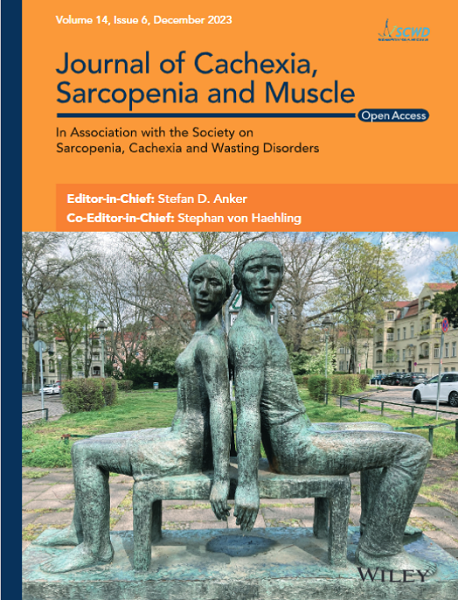Transcriptomic Profiling Reveals Differences in Slow-Twitch and Fast-Twitch Muscles of a Cigarette Smoke-Exposed Rat Model
Abstract
Background
Cigarette smoking is known to affect muscle function and exercise capacity, including muscle fatigue resistance. Most studies showed diminished cross-sectional area and fibre type shifting in slow-twitch muscles such as the soleus, while effects on fast-twitch muscles were seldom reported and the differential responses between muscle types in response to exposure to cigarette smoke (CS) were largely unknown. This study aimed to elucidate the histomorphological, biochemical and transcriptomic changes induced by CS on both slow-twitch and fast-twitch muscles.
Method
Male Sprague–Dawley rats were randomly divided into two groups: sham air (SA) and CS. The rats were exposed to CS for 8 weeks using an exposure chamber system to mimic smoking conditions. Histomorphological analyses on muscle fibre type and cross-sectional area were determined in soleus and extensor digitorum longus (EDL). Transcriptomic profiles were investigated for identifying differentially expressed genes (DEGs) and potential mechanistic pathways involved. Inflammatory responses in terms of the macrophage population and the level of inflammatory cytokines were measured. Markers for muscle-specific proteolysis were also examined.
Result
Soleus muscle, but not in EDL, exhibited a significant increase in Type IIa fibres (SA: 9.0 ± 3.3%; CS: 19.8 ± 2.4%, p = 0.002) and decrease in Type I fibres (SA: 90.1 ± 3.6%; CS: 77.9 ± 3.3%, p = 0.003) after CS exposure. RNA sequencing revealed 165 identified DEGs in soleus including upregulation of ‘Cd68’, ‘Ccl2’ and ‘Ucp2’ as well as downregulation of ‘Ucp3’, etc. Pathways enrichment analysis revealed that the upregulated pathways in soleus were related to immune system and cellular response, while the downregulated pathways were related to oxidative metabolism. Only 10 DEGs were identified in EDL with less enriched pathways. The soleus also showed elevated pro-inflammatory cytokines, and the total macrophage marker CD68 was significantly higher in soleus of CS compared to the SA group (CD68+/no. of fibre: SA = 60.3 ± 39.3%; CS = 106.5 ± 27.2%, p = 0.0039), while the two groups in EDL muscle showed no significant difference. The expression of E3 ubiquitin ligase atrogin-1 associated with muscle degradation pathways was 1.63-fold higher in the soleus after CS, while no significant differences were observed in the EDL.
Conclusion
The CS-induced inflammatory responses on soleus muscle are likely mediated via targeting mitochondrial-related signalling, resulting in mitochondrial dysfunction and impaired oxidative capacity. The presumably less active mitochondrial-related signalling in EDL renders it less susceptible to changes towards CS, accounting for differential impacts between muscle types.


 求助内容:
求助内容: 应助结果提醒方式:
应助结果提醒方式:


